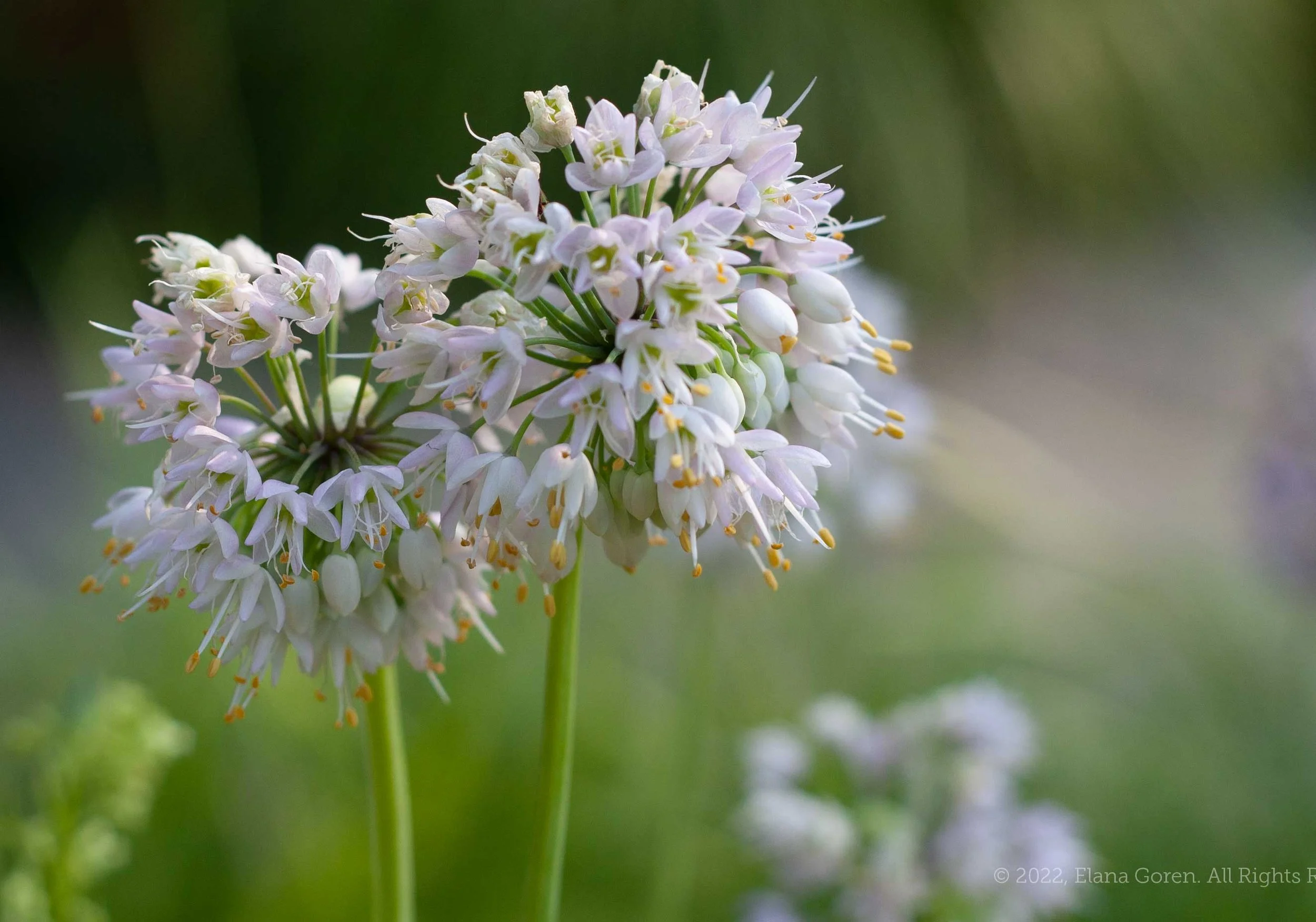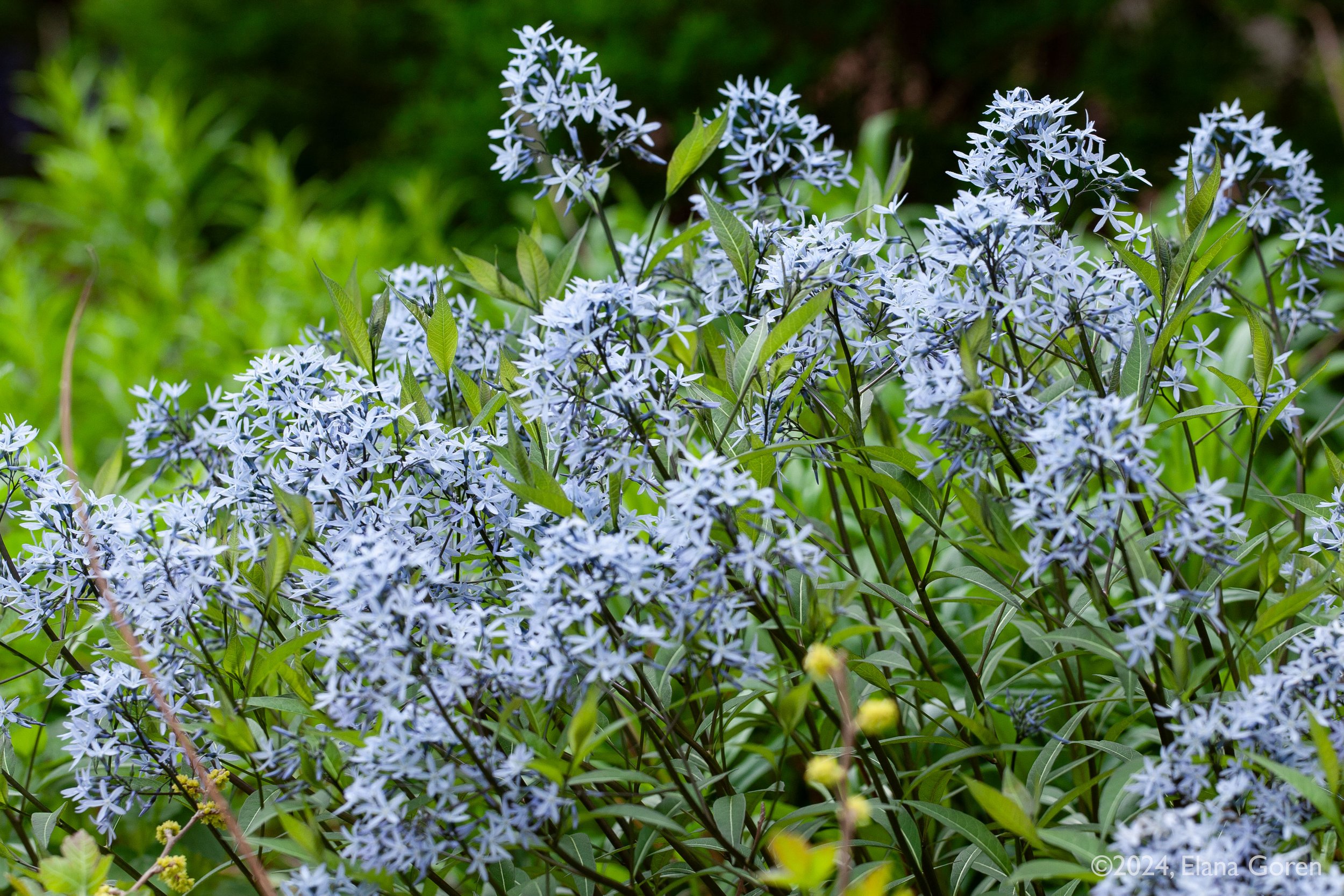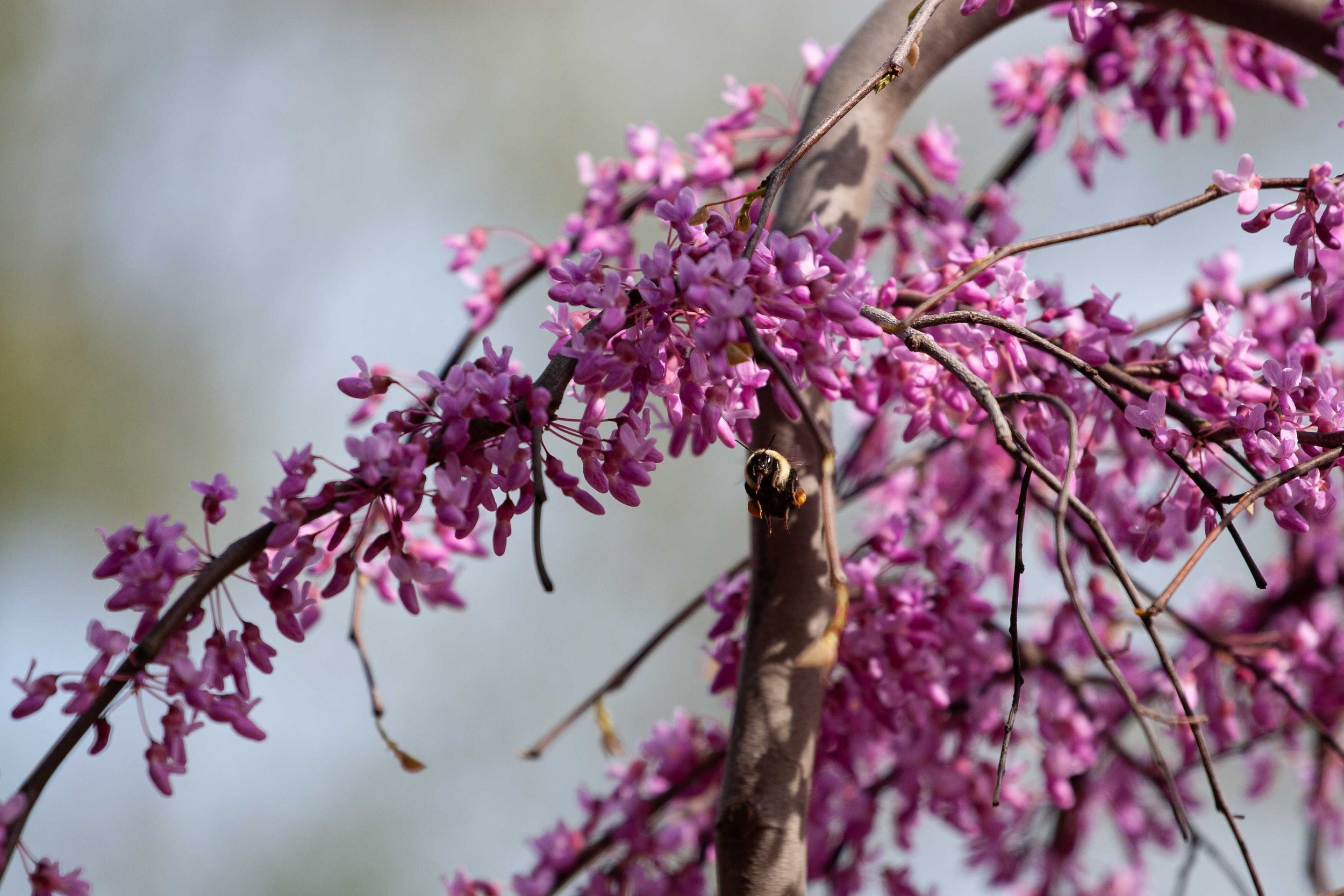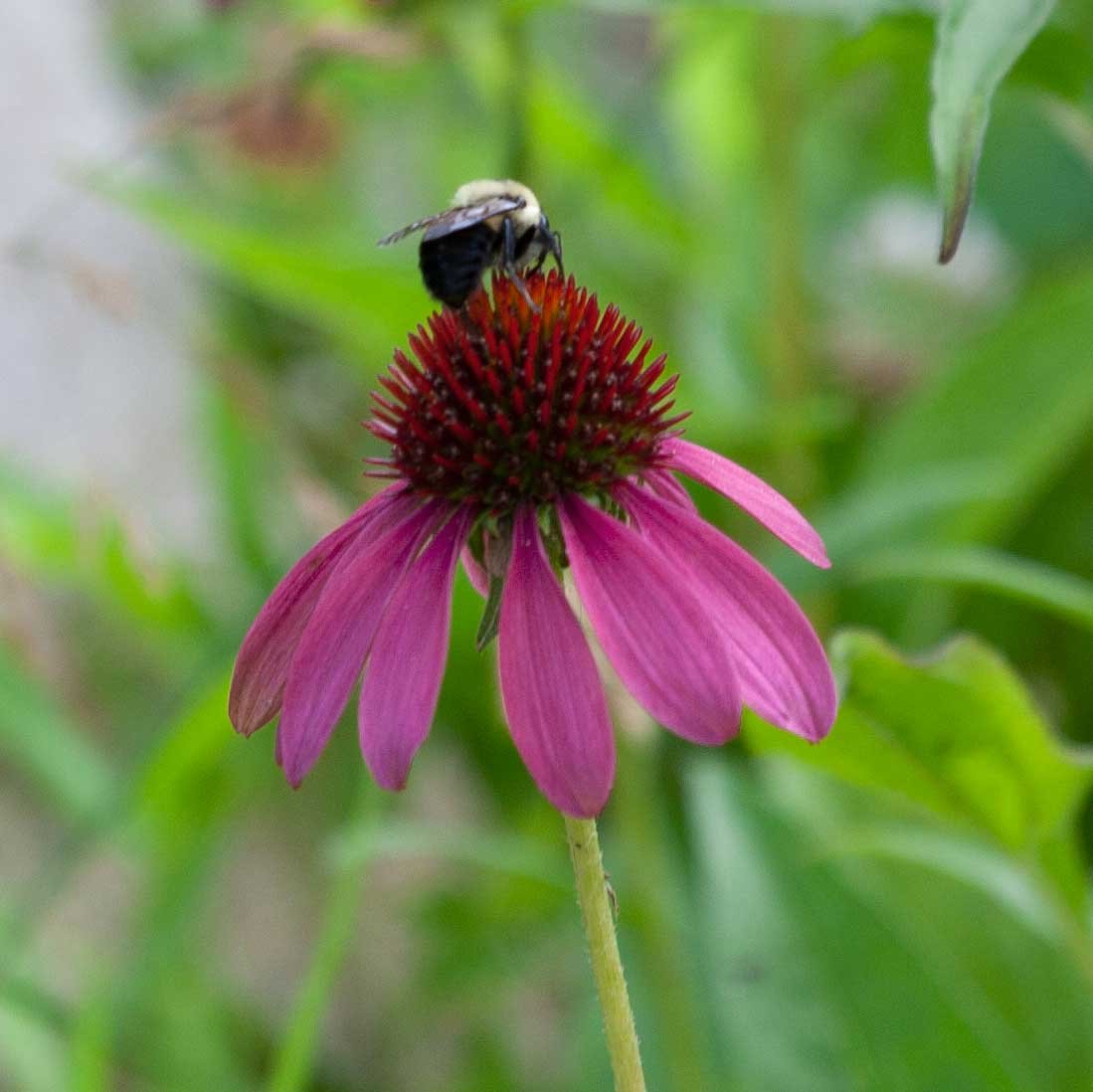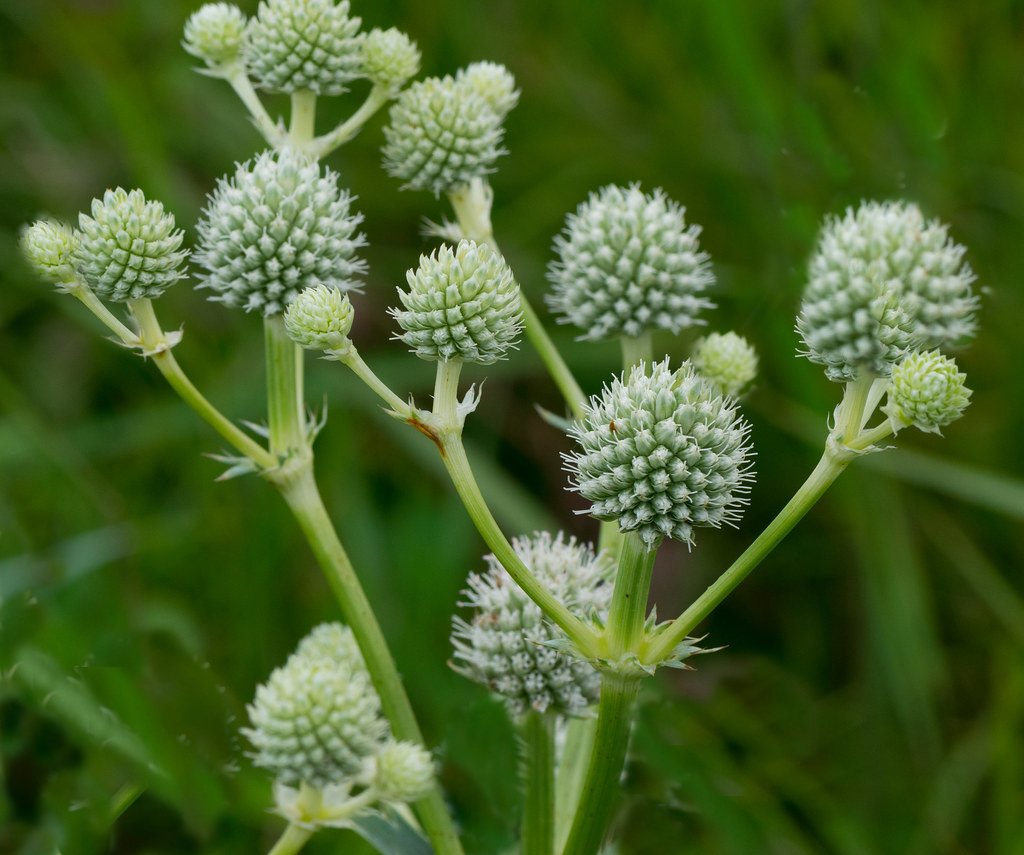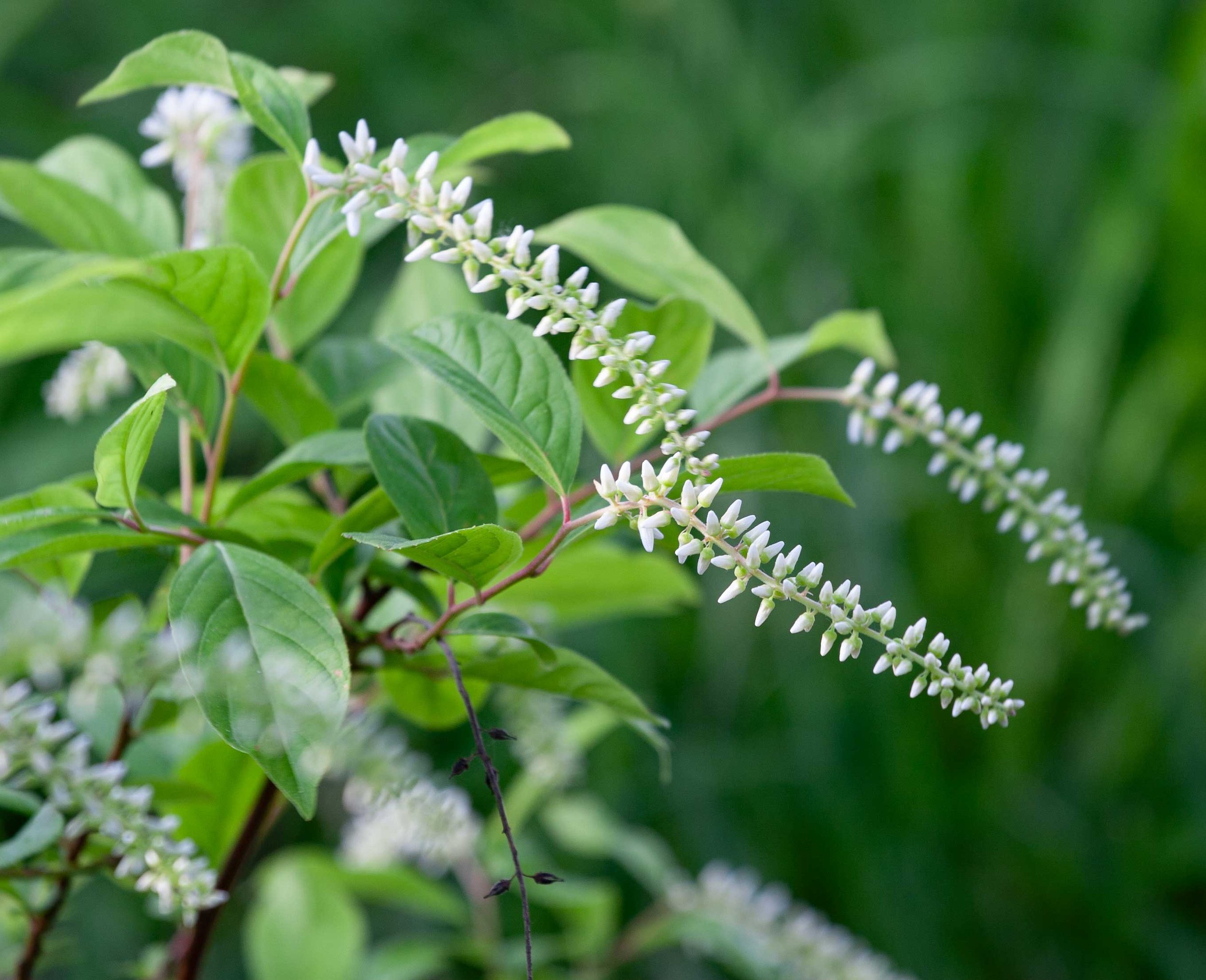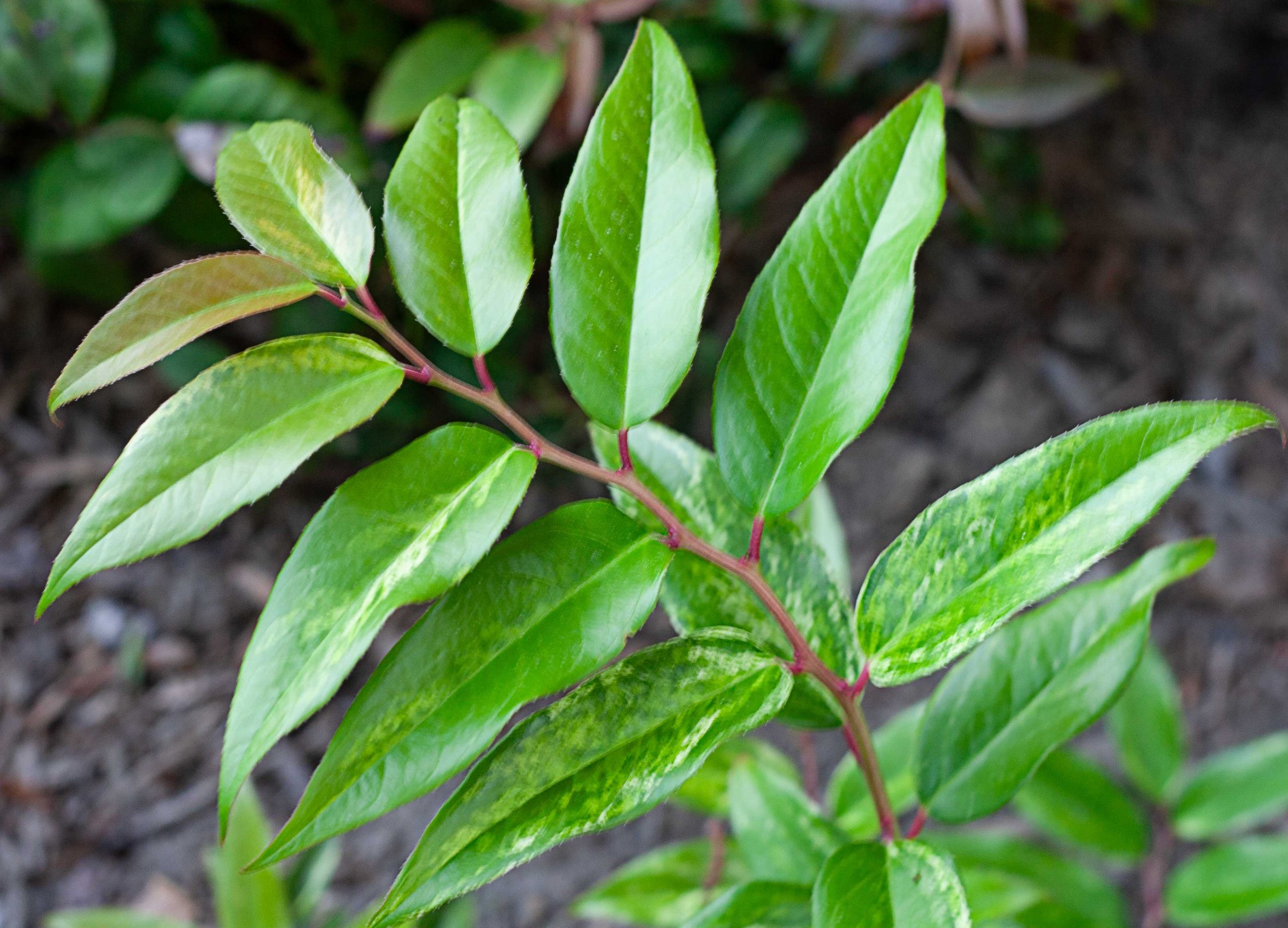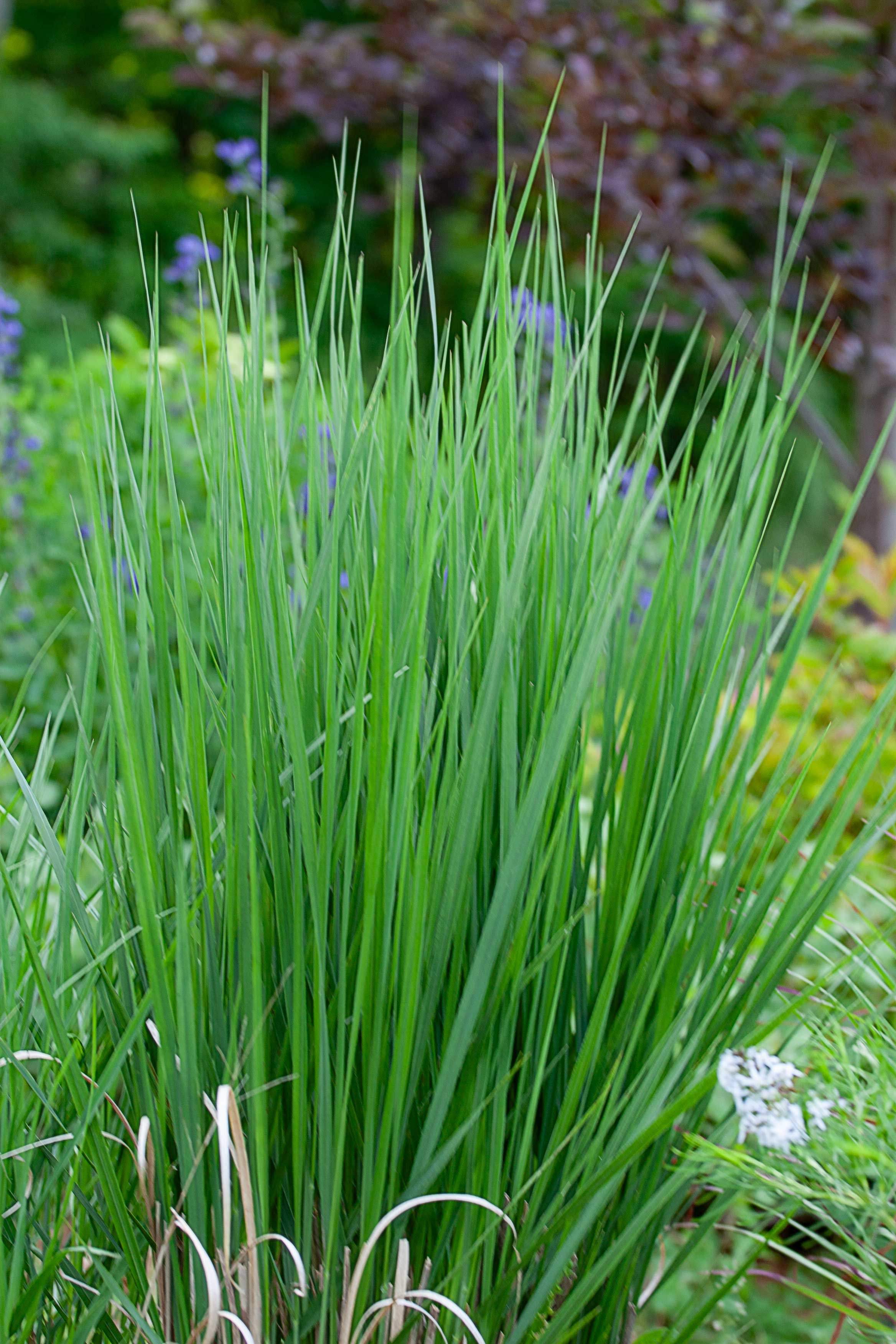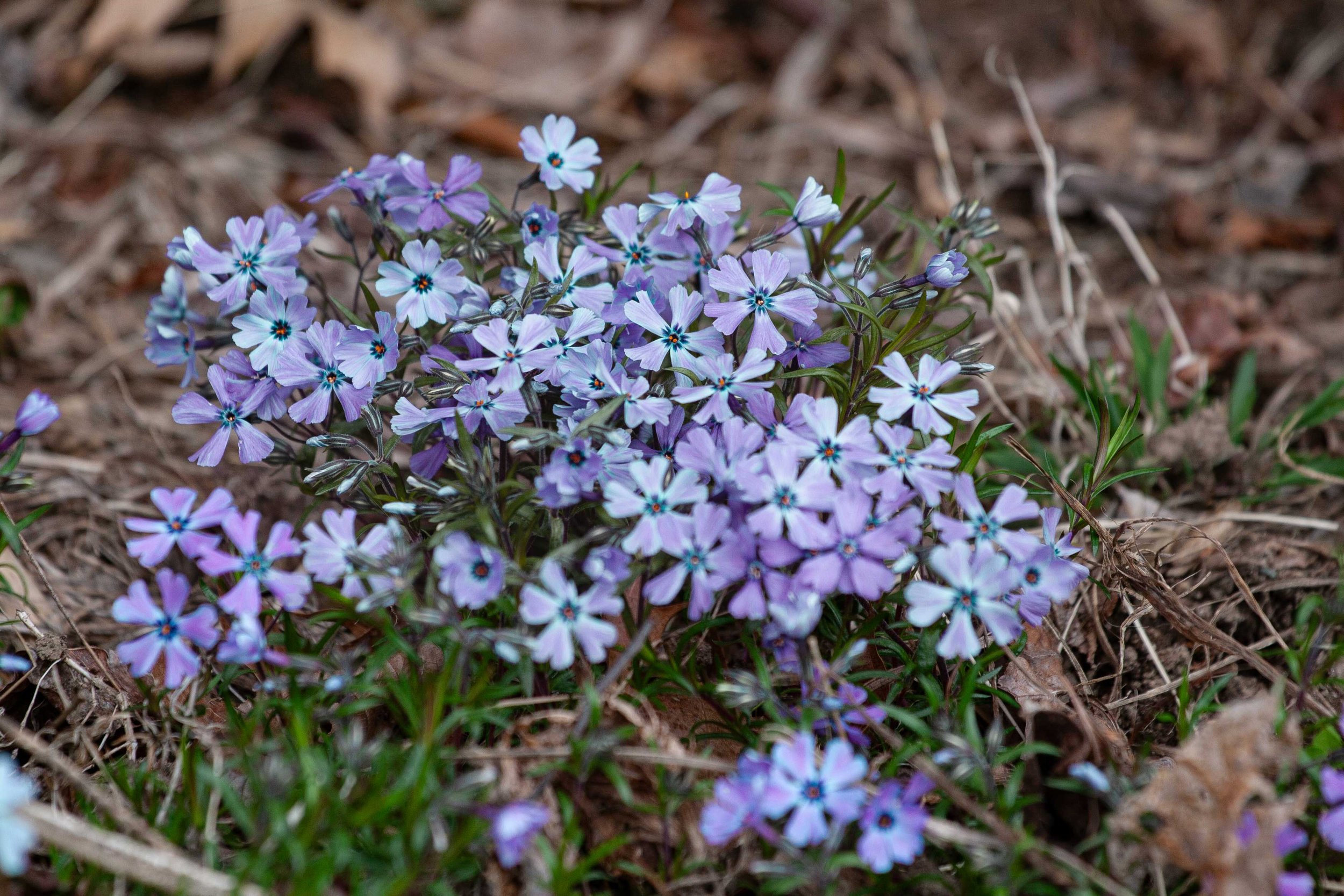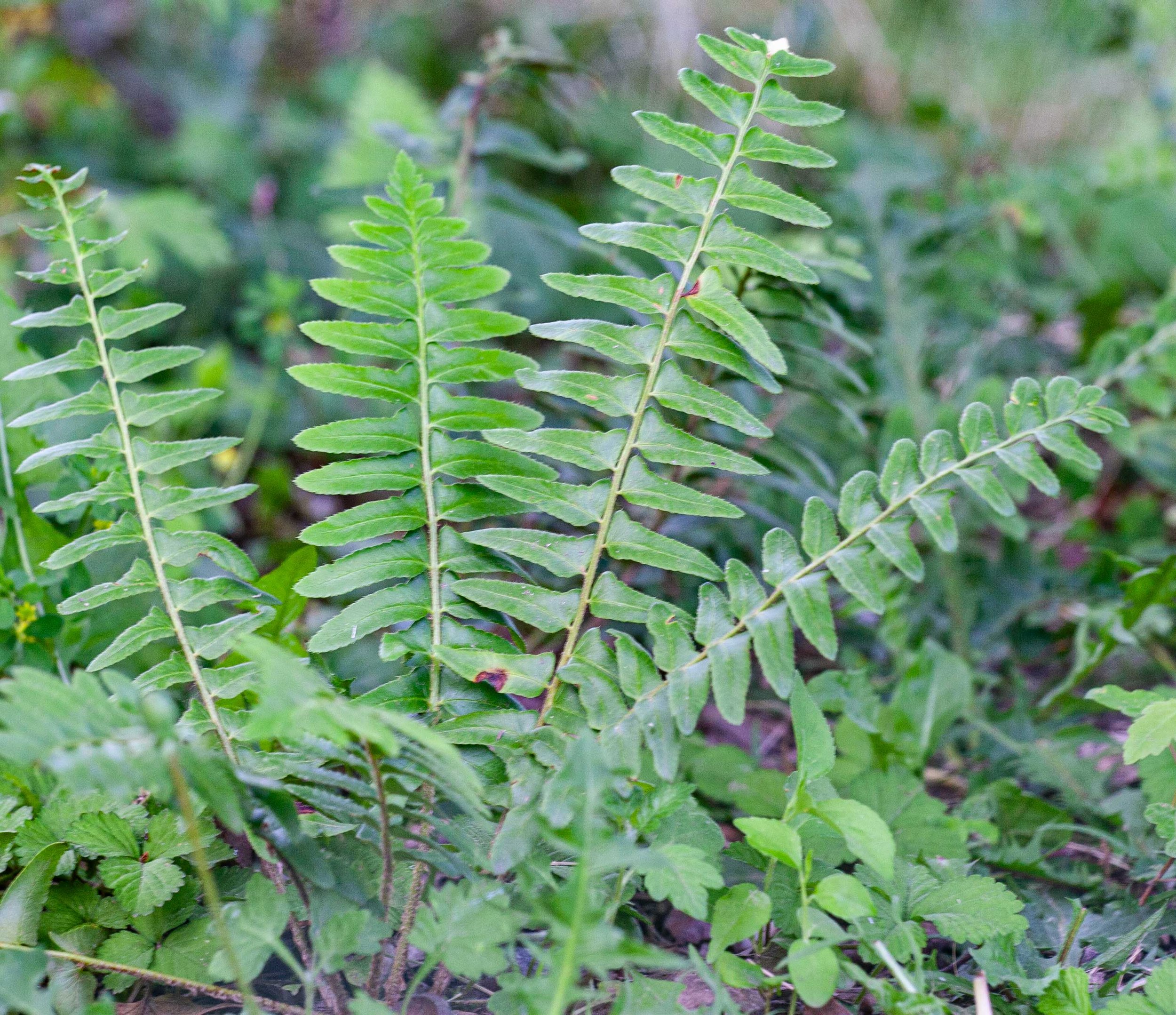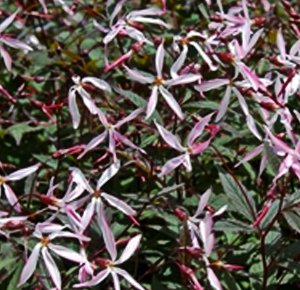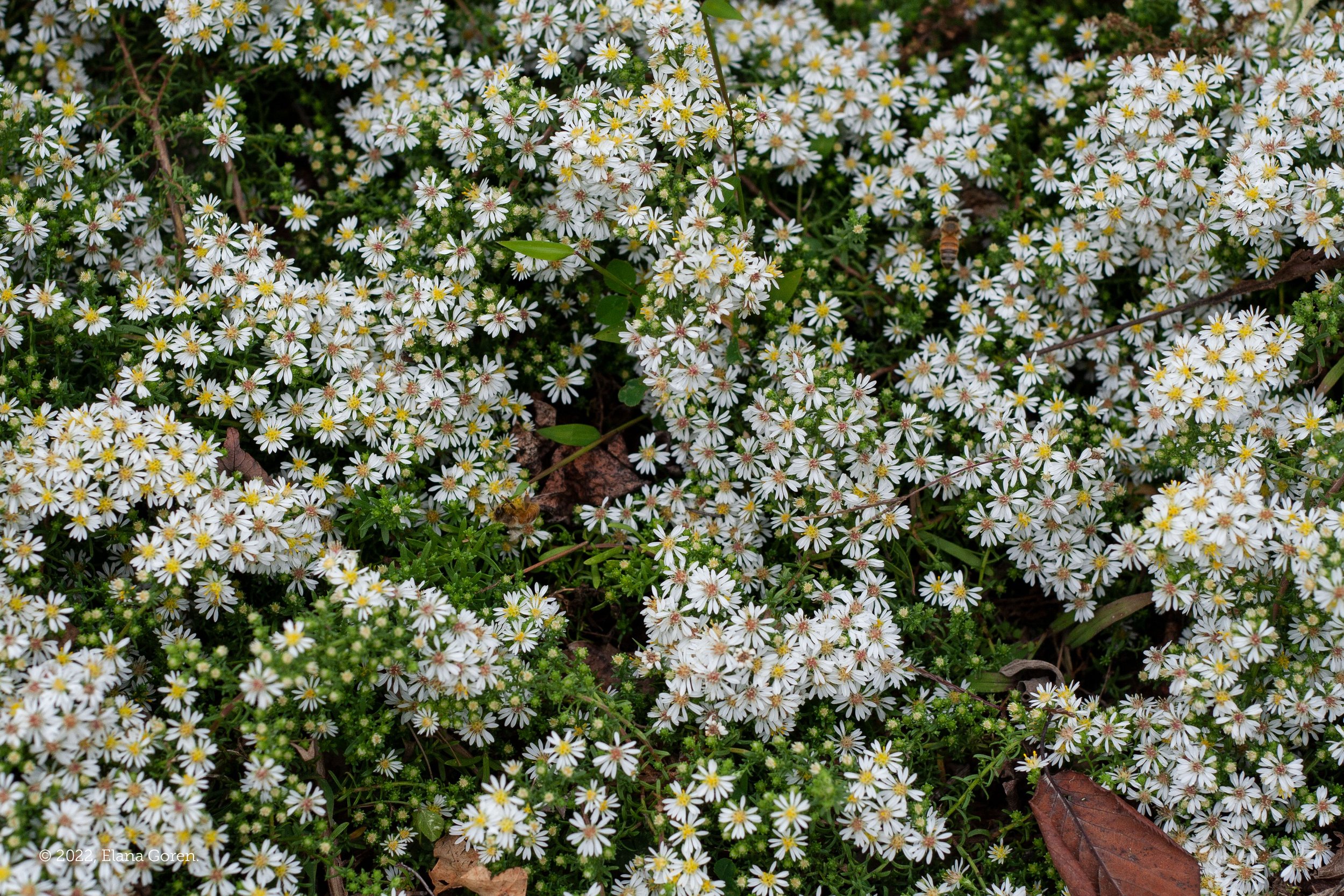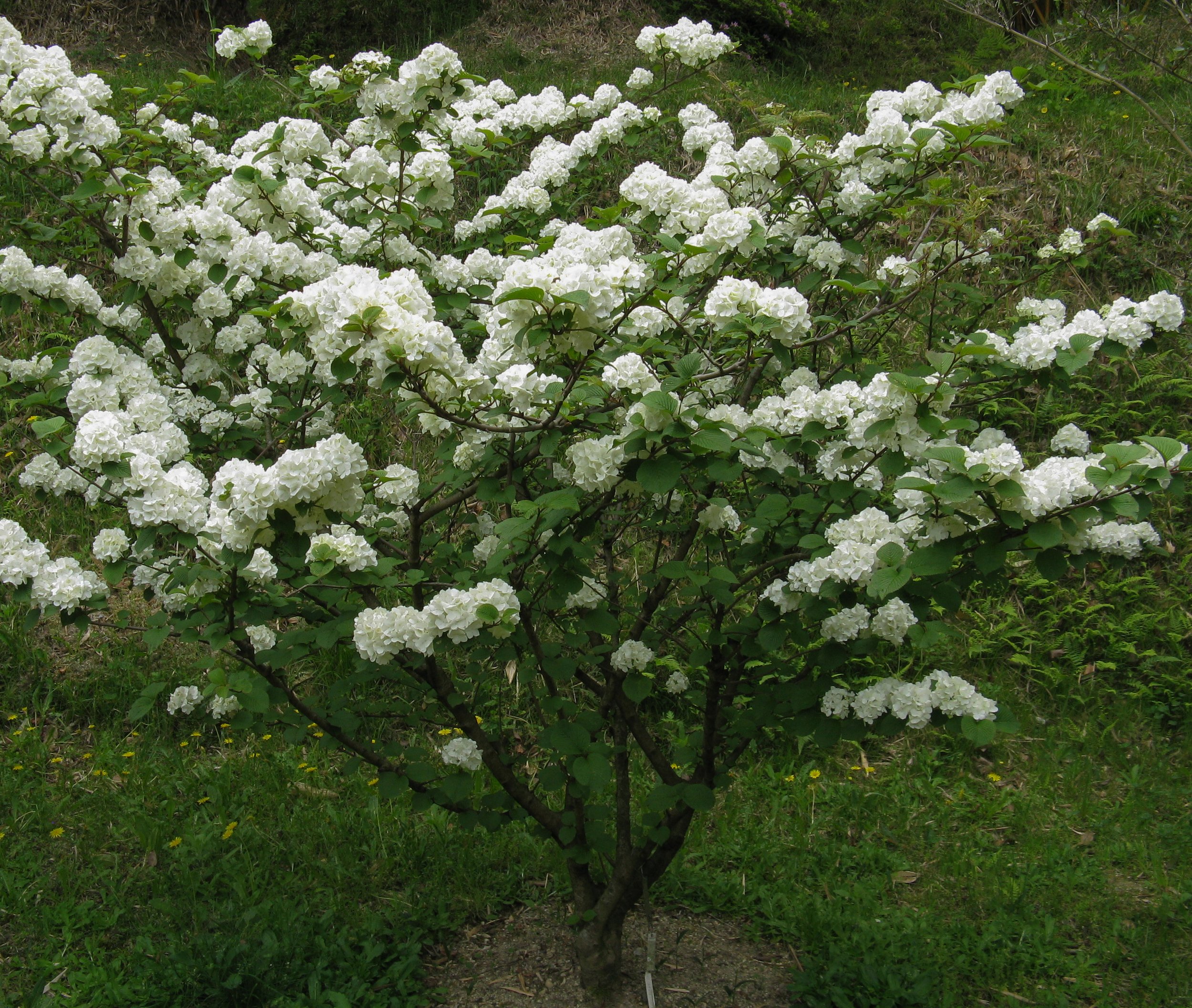The Veteran Memorials Circle
A New Garden Plan is in Place
Phase I site plan for the new Veteran Memorials Circle native plant garden
A Plan in Three Phases
The Garden Club of Yorktown has put forward a rejuvenation plan that has been sectioned out into three phases and will take several years to complete for both financial and logistical reasons. The Phase I plan is shown above and entails replanting the main park circle with native plants that are sun-loving, drought-tolerant and beneficial to pollinators and birds. The garden will honor veterans by using all-American native plants that have evolved on American soil and represent the resiliency of the American spirit. Visit the Park History page for information about how the circle came about.
With the planting of Phase I of our garden plan complete, a formal, demonstration garden can now be seen in the garden circle. We are now working on interactive signage that will be placed so that visitors can identify the plants in the garden and find tips for growing those plants using QR-codes that link to our website. The native plants give the garden four-season interest with different bloom times throughout the warm season and architectural interest in the winter months. The garden’s educational component will help visitors understand the importance of native plants and how they can use them in their own gardens.
Phase II will remedy the erosion problem on the embankment that surrounds half of the circle. Native plants with erosion control characteristics along with drought and salt tolerance (for when paths are salted in winter) will be planted to stabilize the steep slope and act as an attractive backdrop to the circle garden.
Phase III will involve planting a native wildflower meadow near the circle. This will be an educational, no-maintenance wildflower garden and will feature grasses and perennials that support our local ecosystem with food, shelter and soil health.
Phase I is completed! We have planted over 500 plants for this phase of our garden plan. Now we are planning to start Phase II of our project. Will you support us?
With your support, Phase II of the VMC Native Garden project will enable the circular beds to be protected by erosion-control plants that will stabilize the steep slope that surrounds half the garden. But we need donation funding to purchase the plants for Phase II of our plan. Below is a list of the native plants for Phase I of our garden design with short descriptions to give you an idea of what’s been planted. Will you continue to help make the new Veteran Memorials Circle garden possible and sponsor the plants seen below? Or perhaps the plants planned for Phase II meet your fancy. Please consider sponsoring any of the plants existing or planned for the VMC Native Plant garden.
Nodding Onion, Allium cernuum.
One of the first to show its leaves in spring, this drought-tolerant perennial
blooms from June – August.
Blue Star, Amsonia Tabernaemontana
‘Storm Cloud’. Amazing dark stems spring up in early April. Showy blue flowers that bloom from April – May.
False Indigo, Babtisia australis.
Purple-blue spires of blooms on this drought-tolerant perennial that blooms from June – July.
Redbud, Cercis canadensis ‘Covey’.
A beautiful, weeping variety of this native tree with heart-shaped leaves. Blooms in April –May.
New Jersey Tea, Ceanothus americanus. White flowers grace this low-growing native shrub that is at home in dry, open, sunny areas. Blooms May – July.
Coneflower, Echinacea purpurea.
A native favorite, this drought-tolerant perennial blooms June – August. Pollinators love these flowers.
Coneflower, Echinacea purpurea ‘White Swan’.
This variety was highly rated for its attractiveness to pollinators. Blooms June – August.
Rattlesnake Master, Eryngium yuccifolium. The strange name comes from its early use as a cure for rattlesnake bites. This unusual-looking perennial blooms from June – September
Sweetspire, Itea virginica 'Henry's Garnet'. A great shade-loving plant that features spires of white flowers in June. Spectacular fall foliage with a variety of colors.
Doghobble, Leucothe fontanesiana. A colorful, evergreen shrub that likes sheltered areas, protected from the wind. Great up against walls with other plants that will help shelter and shade it.
Switchgrass, Panicum virgatum 'Northwind'. An ornamental grass that adds a striking architectural element to the native garden. This native grass holds its shape through winter.
Beardtongue, Penstemon digitalis
'Dark Towers'. Pink-tinted, white, bell-shaped flowers rise above red-leaved foliage. Blooms May – June.
Creeping Phlox, Phlox subulata
‘Emerald Blue'. This early spring bloomer makes a great groundcover in dry areas of the garden. Blooms April – May.
Christmas Fern, Polystichum acrostichoids. This shade-loving, evergreen fern covers the ground in wooded areas throughout the year.
Bowman’s Root, Porteranthus trifoliatus 'Pink Profusion'. Star-shaped flowers brighten this perennial that blooms May – June.
Cinquefoil, Potentilla 'Happy Face’. This dwarf variety of a native shrub grows 2’ – 3’ tall and it’s great in the front of border. Blooms from June – September.
Little Bluestem, Schizachyrium scoparium 'Standing Ovation'. This native grass is a great low-growing grass that positively glows with multiple fall colors.
Little Bluestem Schizachyrium scoparium '
The Blues'. Another variety of our little native grass. Blue-green blades add color and texture to a perennial garden.
Heath Aster, Aster ericoides ‘Snow Flurry’. This prolific variety of Aster makes a great groundcover and is carpeted with blooms in September – October. Pollinators love these flowers late in the season.
Blackhaw Viburnum, Viburnum prunifolium. This beautiful, fruiting shrub is a great source of food for birds in the winter with its berry-like drupes that persist into winter.

